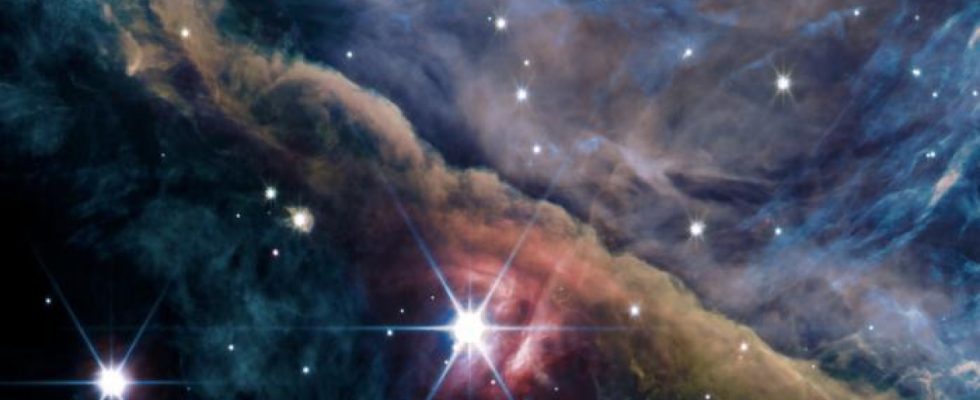How do planetary systems like our solar system form? An international research team, including from the University of Cologne, has addressed this question. To do this, the team examined the Orion Nebula – a stellar nursery – with the help of the James Webb space telescope.
In addition, the observations were combined with data from the Atacama Large Millimeter Array (Alma) so that the research group could narrow down the physical conditions in the gas.
She focused on the protoplanetary disk called d203-506. The research group discovered the key role that massive stars play in the formation of planetary systems that are less than a million years old. These stars are around ten times more massive and, above all, 100,000 times more luminous than the Sun. They expose planets that form in such systems to very intense ultraviolet radiation.
How UV radiation can prevent giant planets
Depending on the mass of the star, this radiation can promote or prevent the formation of planets – both by scattering their matter. For example, in the planetary system d203-506, a Jupiter-like planet could not form due to the intense radiation.
The group calculated the rate at which the disk lost mass. The result suggests that there is not enough time to form a giant planet. The entire pane will have evaporated beforehand.
To the study
The study appeared on February 29, 2024 in the journal Science: A far-ultraviolet-driven photoevaporation flow observed in a protoplanetary disk (A far-ultraviolet-driven photoevaporation stream observed in a protoplanetary disk).

